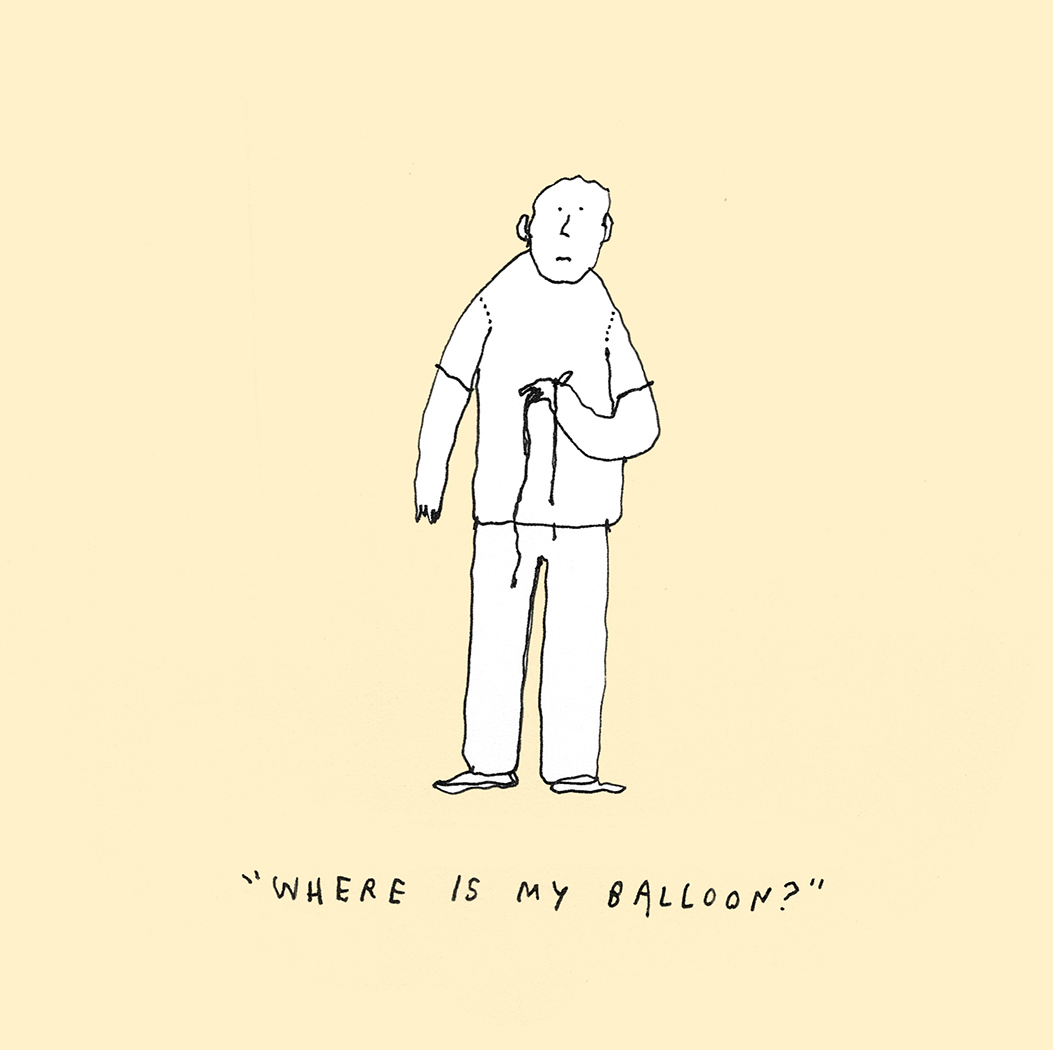The Adults Who Love Disney

Image: Christian Benseler via Flickr
Most adults go on vacation to get away from the stressors that plague our everyday lives. Brian Boneau, on the other hand, actively seeks it out.
In his 28 years, Boneau has spent his precious vacation time at Disney World over the course of some two-to-three dozen trips. He’s mastered the art of meticulously planning his days down to the ride to ensure he and his family make the most of their time actually doing stuff and not waiting in line. That oftentimes means booking Fastpasses online 30 days in advance (or 60 if he’s staying in a Disney Resort hotel) or getting to the parks as soon as they open.
“This is not a relaxing vacation,” Boenau, who lives in Washington D.C., says. “My boyfriend, who is from San Diego, he knows Disneyland. What he told me this past trip is ‘Wow, this is really stressful.’”
Boneau grew up watching the classic Disney films, though his love for the brand came from visiting the parks as a kid. During high school alone, he and his family vacationed at Disney World an average of three times a year. He subscribes to Disney vloggers on YouTube and keeps up with brand-related podcasts. His knowledge of Walt’s empire runs deep—he’s been to a behind-the-scenes tour of Magic Kingdom and knows insider secrets, like what rides have the shortest lines at what times. And though he just returned from a Disney trip in late October, Boneau, a season pass holder, promptly booked another voyage to the happiest place on earth for January.
The Most Homoerotic Little Archive in Texas
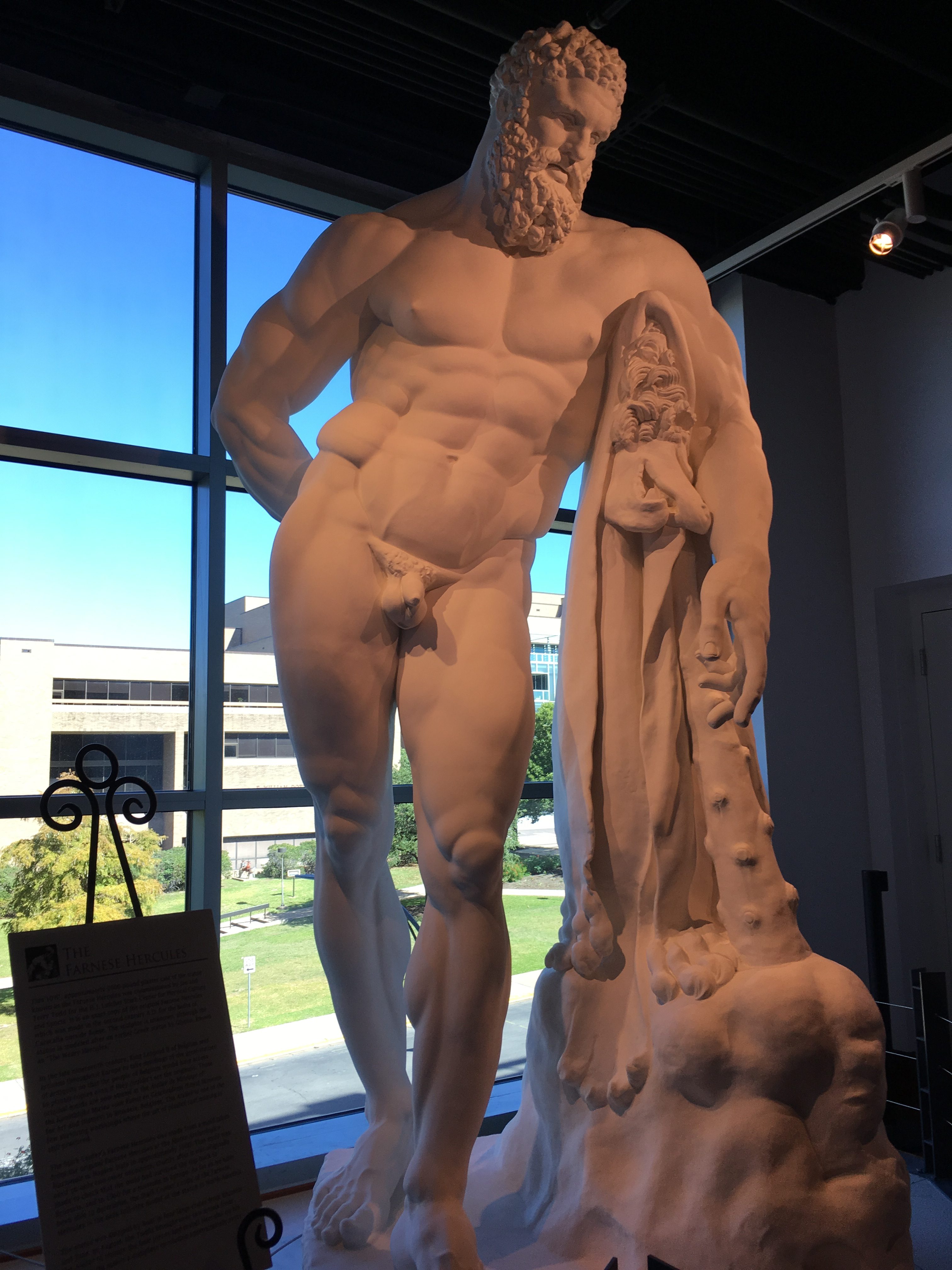
The Stark Center’s copy of the Farnese Hercules, not implying anything at all. All photos by Susan Schorn.
UT-Austin’s Darrell K Royal-Texas Memorial Stadium, the 9th-largest stadium in the world, seats over 100,000 fans. The massive structure, which also houses the university’s athletics offices, a state-of-the-art sports medicine facility, and an extensive strength-training complex, embodies UT’s commitment to football, and to spectacle. But tucked away in a corner of the stadium’s North End Zone is an overlooked little gem: The H. J. Lutcher Stark Center for Physical Culture and Sport. It’s an academic archive and museum dedicated to weightlifting and bodybuilding. And it oozes, not at all coincidentally, with latent homoeroticism.
New York City, January 3, 2018
 ★★★ When the blinds went up, a round moon was staring back through the windows. The sky, completely cloudless at first, gradually accumulated thin sheets of white, with undefined edges. It had been hard to find the sun behind the buildings before, but now it was scattered all over the southern half of the midday sky. Static plastered down hair. The old inextinguishable cough stirred fully back to life each time the lungs went out into the cold air. People took up too much room, stiff-limbed in their coats. The first-grade homework was to go out and look at the night sky, but the city had already announced there would be no school tomorrow, and there was nothing to see but blank clouds.
★★★ When the blinds went up, a round moon was staring back through the windows. The sky, completely cloudless at first, gradually accumulated thin sheets of white, with undefined edges. It had been hard to find the sun behind the buildings before, but now it was scattered all over the southern half of the midday sky. Static plastered down hair. The old inextinguishable cough stirred fully back to life each time the lungs went out into the cold air. People took up too much room, stiff-limbed in their coats. The first-grade homework was to go out and look at the night sky, but the city had already announced there would be no school tomorrow, and there was nothing to see but blank clouds.
On Tap in Germany in 2018: Water and Self-Loathing
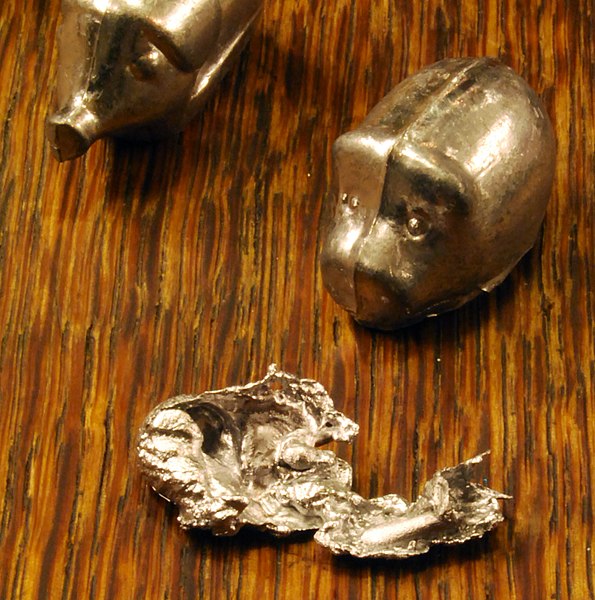
This is how Germans predict the future. In your 2018: a single dried-out pant leg? Photo: Micha L. Rieser
There are two primary methods of ringing in a new Gregorian year in the German-speaking world. One is to set off as many class-B pyrotechnics on residential urban sidewalks as possible. The other is something called Bleigießen (BLY-gee-sun), where, I am not shitting you, you drop molten lead into water and then whatever shape that lead assumes when it solidifies is what the new year will bring you. (Spoiler alert: the answer is always “lead poisoning.” Unrelatedly, most people actually use tin now for some reason.) What you won’t see as much of in the Deutsch world is a massive ill-conceived bum rush to the gym on January 3, or two million new subscriptions to whatever the latest bullshit weight-loss fad is.
Germans are more comfortable with their own faults and flaws, largely because it is a proven scientific fact that if a German can’t criticize at least fourteen things per day, about both himself and others, he will wither up and disappear. As such, their gute Vorsätze fürs neue Jahr (GOO-tuh FOR-setz-uh foooors NOY-uh YAH), literally “good intentions for the new year,” are generally more reasonable than, say, mine, which I have already broken before finishing this sentence: Stop Eating Feelings and Never Use Facebook Again. I mean, here is a site literally called “utopia.de” and their utopian idea of a New Year’s Resolution is “drink tap water.”
The crown jewels, a biblical "blook," and a lobster weathervane
Lot 1: All That Glitters

Image: Courtesy of Sotheby’s
If you’ve been binge-watching season two of The Crown to distract yourself from holidays with your family, subzero temps, and the bleak state of the world in general, you may find yourself keenly interested in the bright, shiny things that comprise lot 74 at Sotheby’s “Of Royal and Noble Descent” auction on January 17: a replica set of the British Crown Jewels, circa 1950s. It contains five scepters, five crowns, three swords, and a few other medieval-sounding items like an orb and an anointing spoon. All are tricked out in gilt metal, fake gemstones, and imitation fur. So really what we have here is an elaborate collection of costume jewelry, but it will still cost at least $6,500.
A Poem by Chaya Bhuvaneswar
Brothers
Are much easier than ghosts, flowers,
Goddesses, planets.
(Uncomplicated pregnancy. Age 33.
She didn’t smoke.)
Precious cells and pixilated
Molecules amid fluid darkness.
(For ultrasounds, she wore a gold necklace.
Mangalsutram
Her heavy vow around the neck, unbreakable.)
Mumbled and repeated prayers, Sanskrit speech-acts.
Sarvadatugo. Giver of gifts.
New York City, January 2, 2018
 ★★★ Like some Herculean labor or afterworld punishment, the work of bundling up took so long that the body was overheating before it could be finished. Dog urine had flowed into the sidewalk joints, then thickened to yellow slush and stopped there. A sheet of old, hardened show had begun unpeeling from the low wall where it was stuck, curling back on itself. By late morning, in the gentler microclimate of the West 60s, the shocking freeze subsided to an ordinary cold winter day. Downtown, though, it was still foolish to walk two blocks without gloves. The holiday and the frigid snap had knocked the office heating off balance, and the cold was pushing its way right through the exposed brick and the windows.
★★★ Like some Herculean labor or afterworld punishment, the work of bundling up took so long that the body was overheating before it could be finished. Dog urine had flowed into the sidewalk joints, then thickened to yellow slush and stopped there. A sheet of old, hardened show had begun unpeeling from the low wall where it was stuck, curling back on itself. By late morning, in the gentler microclimate of the West 60s, the shocking freeze subsided to an ordinary cold winter day. Downtown, though, it was still foolish to walk two blocks without gloves. The holiday and the frigid snap had knocked the office heating off balance, and the cold was pushing its way right through the exposed brick and the windows.
Rushing into Rachmaninoff
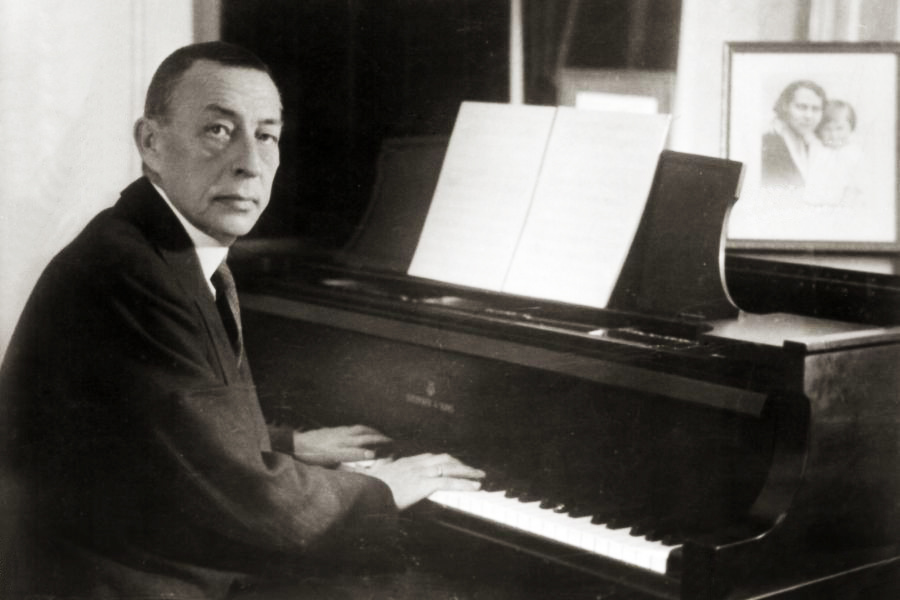
Image: Royal Opera House Covent Garden via Flickr
The other week, I bought a bonus set of tickets to see the symphony live, specifically so I could see Tchaikovsky’s Fifth Symphony. I won’t be relitigating that piece of music; please assume it is still tremendous, because it is. To commute from my apartment to the symphony center in Chicago is a straight path south a few miles, and I can usually do it via bus. It takes about half an hour. What I had neglected to remember, however, because this was earlier in the month, was that a very specific and obnoxious event was happening right in the middle of my commute to the symphony, and that … was ZOO LIGHTS.
What is Zoo Lights, you might be asking, as a non-Chicago native? Great question. It’s when Lincoln Park Zoo, a free zoo, in the middle of the city, in the middle of my route to the symphony, puts up all of their holiday lights. And you have to believe that every single family of five decided to go to Zoo Lights and cross the path in front of my bus on my route to the symphony. And you have to believe that a route that usually takes me about half an hour took an hour and fifteen minutes. I am a person who is never late for anything in their life, and I was late to the symphony. I nearly had a meltdown—even though the Tchaikovsky wouldn’t be until the second act—and sprinted the last four blocks just so I could get off the bus. I wound up missing a Wagner overture (lol—I’ll get back to it one day), and I sat down, huffing and puffing, coat still on, just in time for Rachmaninoff’s Piano Concerto No. 2.
Winter Is for House Mice
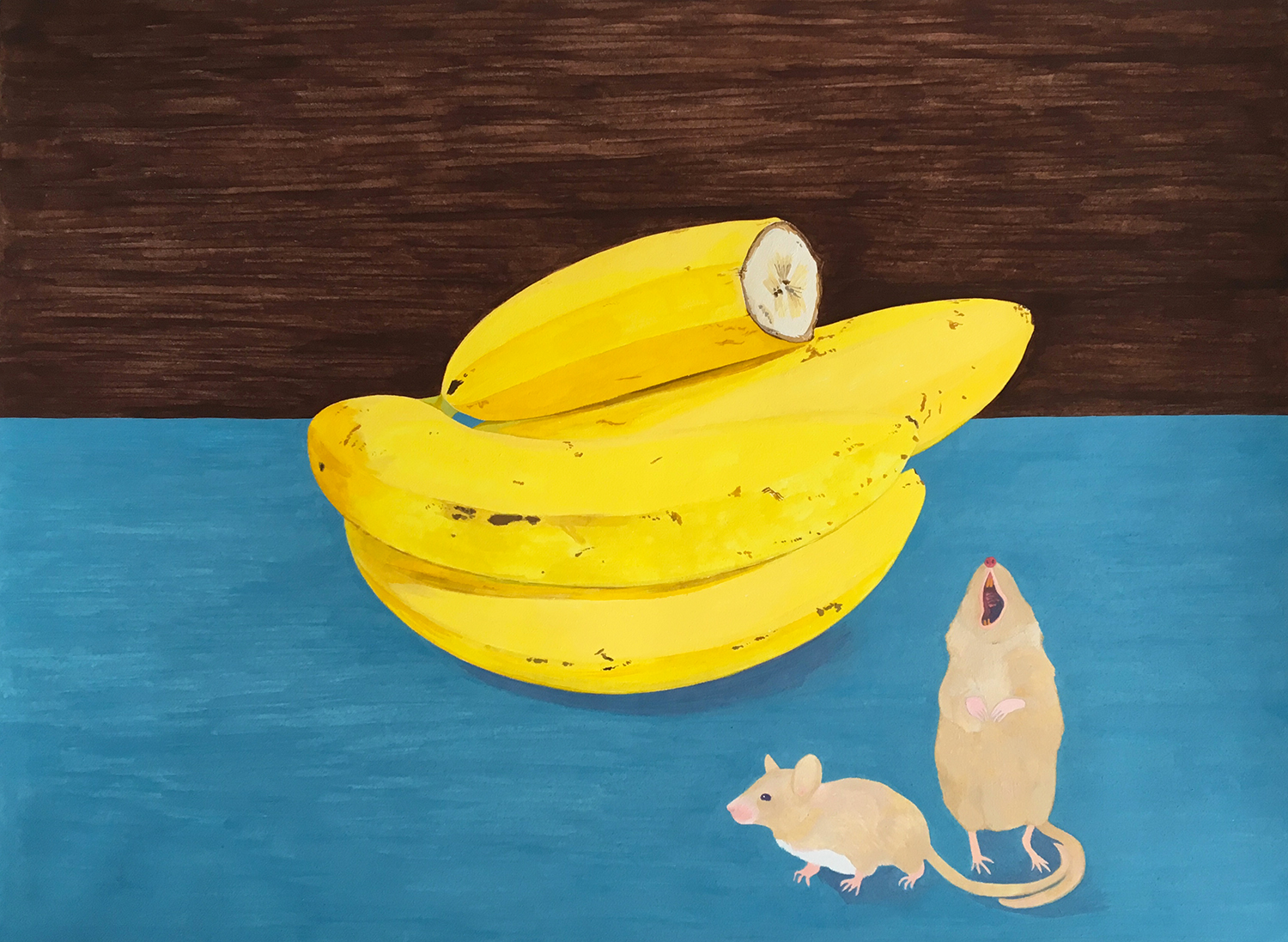
Illustration by Amy Jean Porter
Winter is for house mice who hide behind walls and make nests of newspaper and laundry lint. Once we had a family of six that stole almonds out of pockets and stashed them under cushions in the corner of our couch. In my twenties in a basement apartment in Brooklyn the mice took Hershey’s kisses out of a bowl on the counter and kept them under the top of the stove. I was cleaning for some reason and discovered a glittering party of foil wrappers. At my office now there’s a mouse who left a nut behind a book on a shelf. Last year a small one got caught out in the open and cornered near a door. I coaxed it into a bubble envelope and released it outside. I did not mail it, though that would have been an adventure. If we could make a deal with mice, have them use small toilets, then we could all live together. There could be an agreement: we’ll drop crumbs if you keep watch for dangers in the dark and help out when we leave the iron on by mistake, and flip lights off when we’re tired—small jobs for small hands. And we’d have to agree that only one family could stay at a time, six mice total. We could make a deal. We wouldn’t have to set these horrible traps. We could tell each other secrets and stories of all the things we don’t really understand. Maybe the mice would have the advice we’re looking for.
Amy Jean Porter is an artist based in Connecticut.

